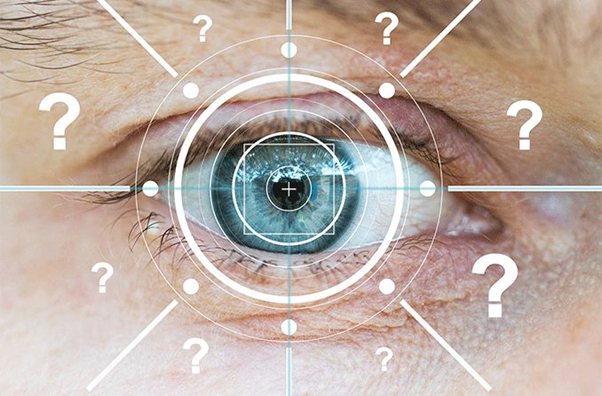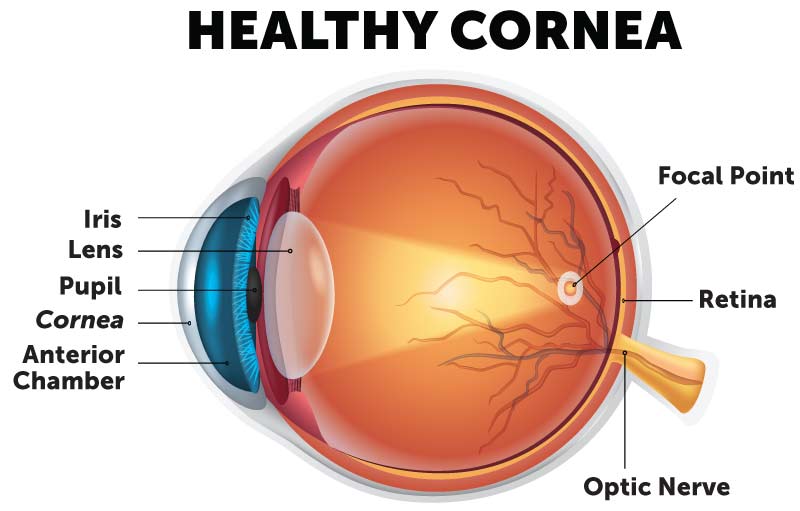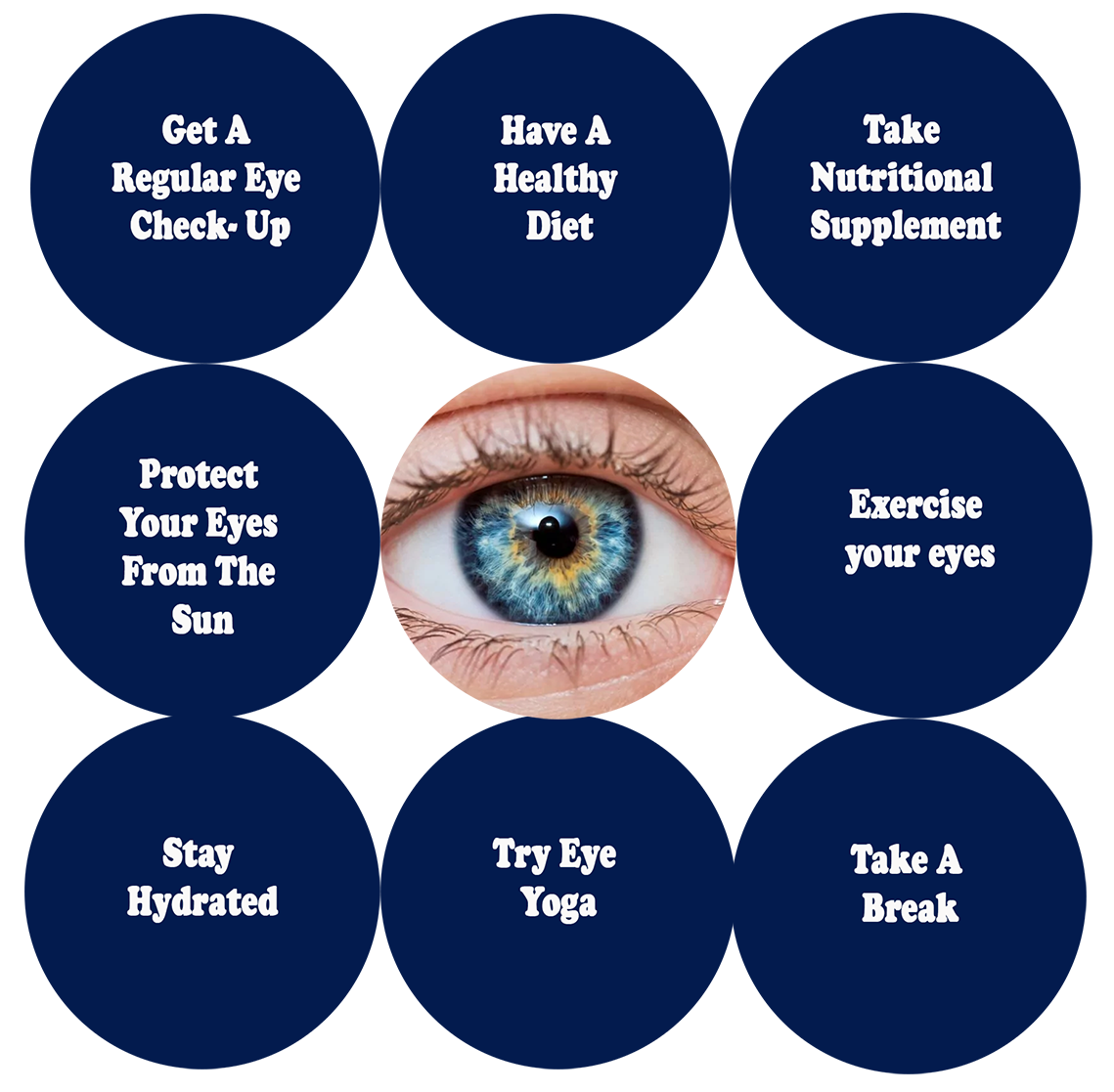

Your eyes are the sensory organs that allow you to see. Your eyes capture visible light from the world around you and turn it into a form your brain uses to create your sense of vision. Your brain doesn’t have sensory abilities of its own. It needs your eyes (and other senses, like hearing and touch) to gather information about the world around you.
Humans have binocular vision. The right and left eye each see a slightly different view. The brain combines the two views and the result is a three-dimensional image
Common eye complaints
cataracts –the lens of the eye becomes cloudy
conjunctivitis –inflammation of the membrane covering the eye
glaucoma –a build-up of fluid inside the eyeball
Vision Problems –like long-sightedness or short- sightedness
Eating for Healthy Eyesight
| Nutrient | Benefits |
|---|---|
| Lutein | Protects eyes from sunlight damages |
| Zeaxanthin | Improves contrast sensitivity, light sensitivity, and glare recovery |
| Vitamin A | Important for color vision and low light vision |
| Vitamin C | Has antioxidants properties, boosts collagen production to support eye structure |
| Vitamin E | Reduces risk of cataract and macular degeneration |
| Zinc | Protects against cataract, poor night vision, night blindness, and optic nerve damage |
| Fatty Acids | Protects from dry eyes, lowers the risk of glaucoma |
8 SIMPLE WAYS TO KEEP YOUR EYES HEALTHY


